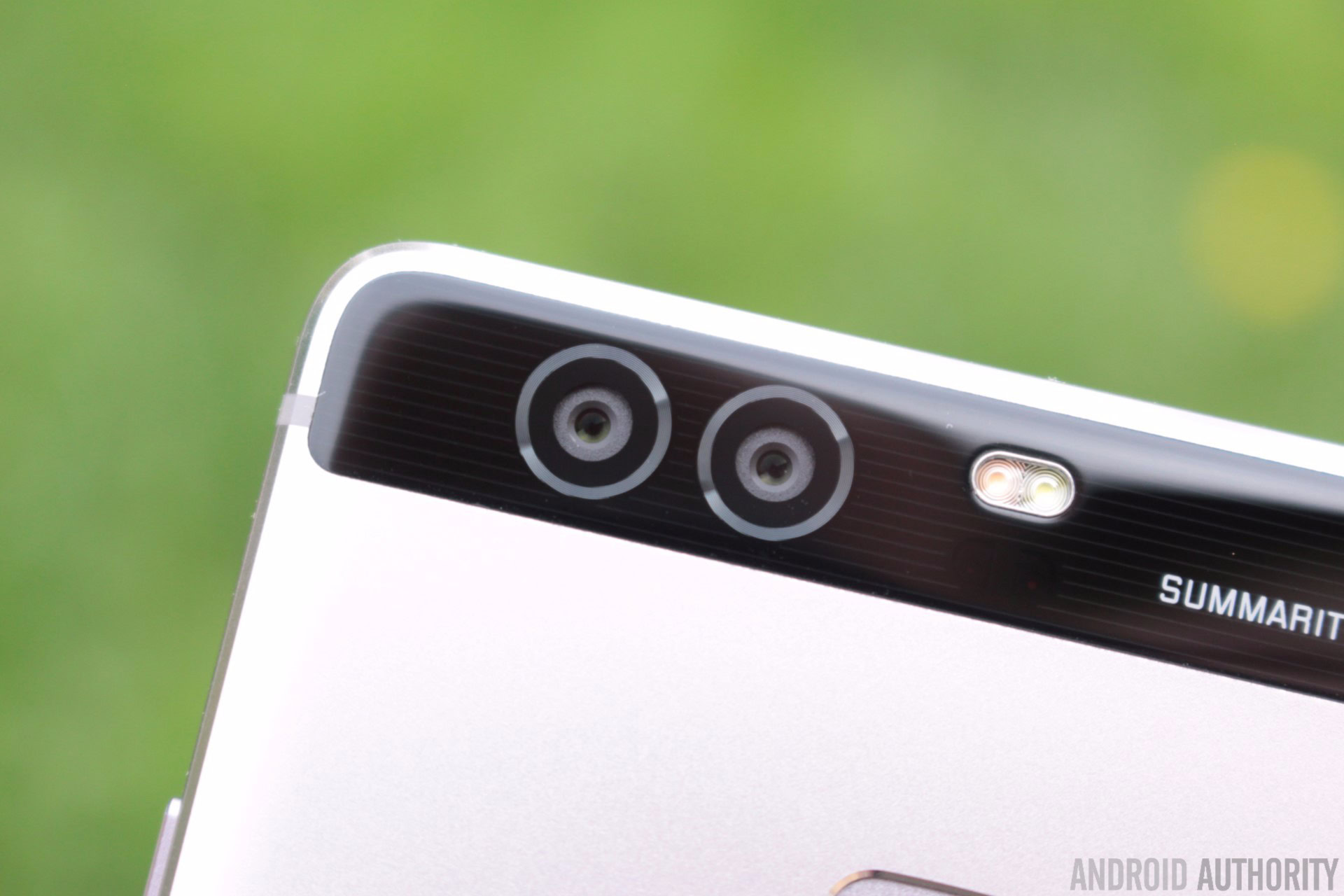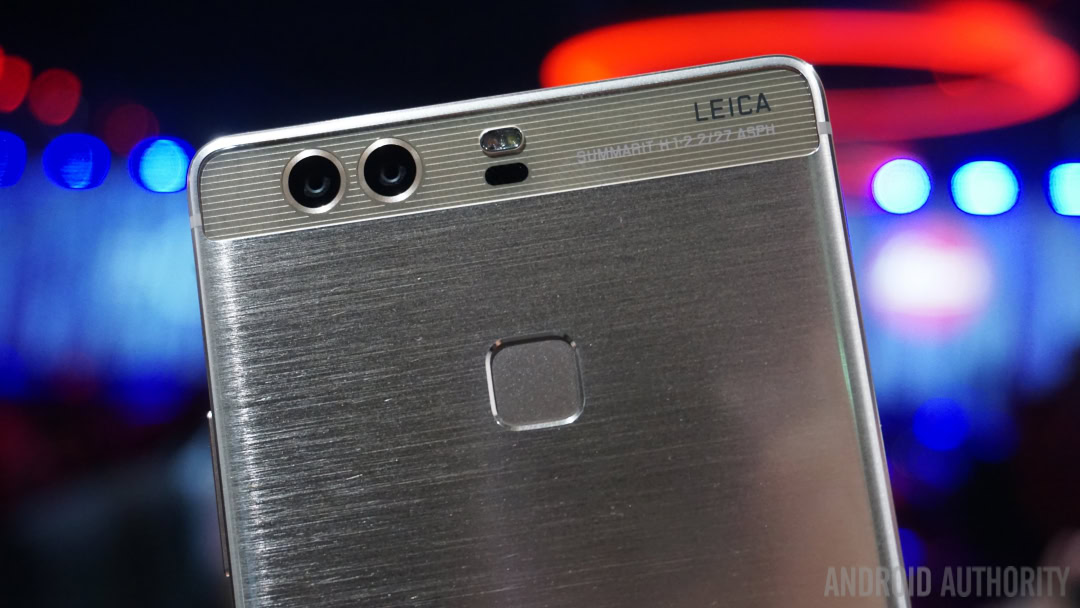Affiliate links on Android Authority may earn us a commission. Learn more.
HUAWEI and Leica issue extended clarification on their HUAWEI P9 camera collaboration

After issuing a clarification of Leica’s collaboration with HUAWEI on the HUAWEI P9 camera earlier this week, the two companies have now issued an extended statement that goes into even more detail on the co-engineering of the P9 camera. The intention is clearly to quash the claims that Leica merely “certified” the HUAWEI P9 camera, but if anything it confuses things even further.

The full press release is embedded at the bottom of this article, but the main thrust of it is a few bullet points that outline the specific ways in which HUAWEI and Leica collaborated on the P9 camera. Unfortunately they are a little difficult to decipher and don’t really clear the waters any more than the previous statement (why the first statement wasn’t deemed sufficient we’re not entirely sure).

The points covering “Leica’s contribution” to the development of the HUAWEI P9 camera are:
- Collaborative development, evaluation and optimization of optical design (lens calculation) in compliance with Leica standards.
- Collaborative development of the mechanical construction of the camera module to reduce stray light effects (“ghost and flare”).
- Definition of imaging quality in terms of color rendition/color fidelity, white balance, stray light reduction (“ghost & flare effects”), exposure precision, dynamic range, sharpness and noise characteristics.
- Processing of image data with the aid of long-standing Leica optical and signal processing expertise
- Definition of the most stringent common quality standards and production requirements for serial production by HUAWEI to ensure consistently high quality.
Now, a pessimist would say that HUAWEI and Leica are in damage control. Two statements issued back to back doesn’t exactly scream confidence and you know what they say about those that protest too much. But an optimist would say that HUAWEI simply felt that consumers deserved to know how the co-engineering process worked in more detail, even if it is a little hard to understand.
[related_videos title=”HUAWEI VIDEOS:” align=”center” type=”custom” videos=”668973,648417,643970,637475″]
Regardless of which side you fall on, and as we mentioned previously, this isn’t to say the HUAWEI P9 camera is no good – it’s a pretty great camera (we’ll have our full HUAWEI P9 review up soon, by the way). In the meantime, if HUAWEI assures us that Leica was deeply involved in the creation of the P9 camera we’re happy to take their word for it. But something tells me the hunt for evidence to the contrary has just begun.
Here’s the full press release on the HUAWEI P9 camera. Share your thoughts in the comments below.
[press]Leica and HUAWEI co-engineered P9 camera module [Düsseldorf, Germany, Düsseldorf – 21 April 2016] – In February, HUAWEI and Leica announced a long-term strategic partnership. The camera function is the most used smartphone application and our aim is to bring it up to the high standards demanded by the Leica product philosophy. Leica brings to the cooperation their expertise gathered from decades of experience in optical engineering and optical design. The collaboration between HUAWEI and Leica aims to deliver the best possible picture quality in the smartphone segment.
Both companies have been working closely to co-engineer HUAWEI’s recently launched premium smartphone – the P9 – based on innovation and excellent craftsmanship.
The camera module of the P9 series and the achievable picture quality is the result of the intensive technological collaboration between HUAWEI and Leica. Leica has been deeply involved in the development of the camera-module of the P9 and P9 Plus. Our joint objective was to achieve the best possible image results and optical imaging performance in order to provide consumers in the smartphone photography segment with the best possible picture quality. The result raises smartphone photography to an entirely new level.
Our co-engineering is deeply embedded in the product and Leica’s contribution has involved:
- Collaborative development, evaluation and optimization of optical design (lens calculation) in compliance with Leica standards.
- Collaborative development of the mechanical construction of the camera module to reduce stray light effects (“ghost and flare”).
- Definition of imaging quality in terms of color rendition/color fidelity, white balance, stray light reduction (“ghost & flare effects”), exposure precision, dynamic range, sharpness and noise characteristics.
- Processing of image data with the aid of long-standing Leica optical and signal processing expertise
- Definition of the most stringent common quality standards and production requirements for serial production by HUAWEI to ensure consistently high quality.
Leica’s globally recognized expertise is based to a large extent on the ability to guarantee the narrowest tolerances on the market. This justifiable claim to excellence is naturally also an integral component of the technology partnership and is implemented in HUAWEI’s production processes of the P9 camera module to ensure uncompromising quality.[/press]